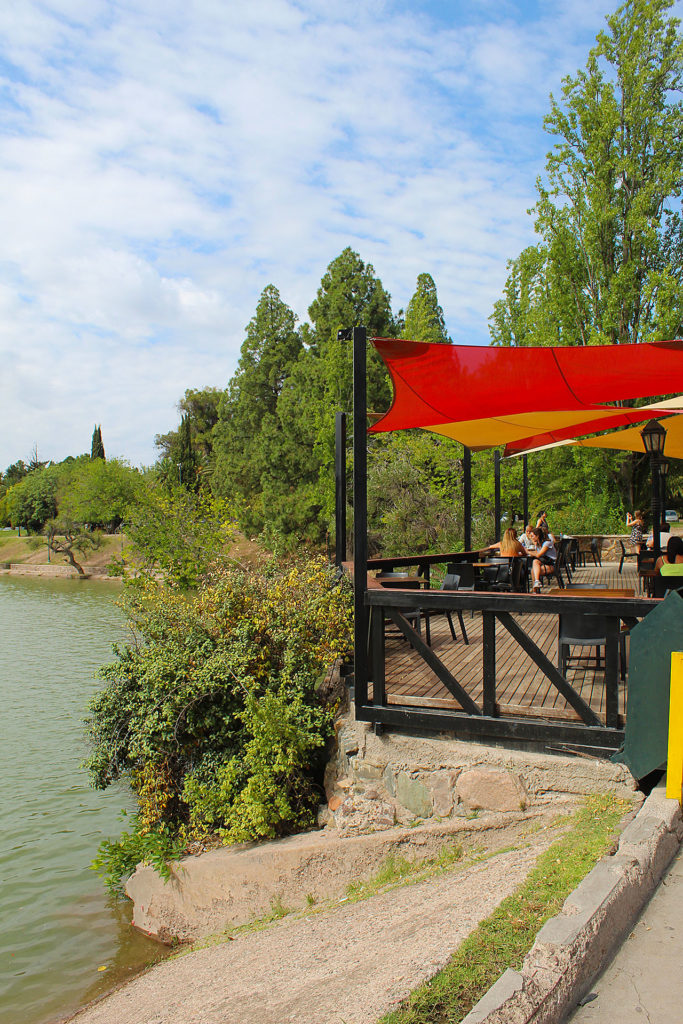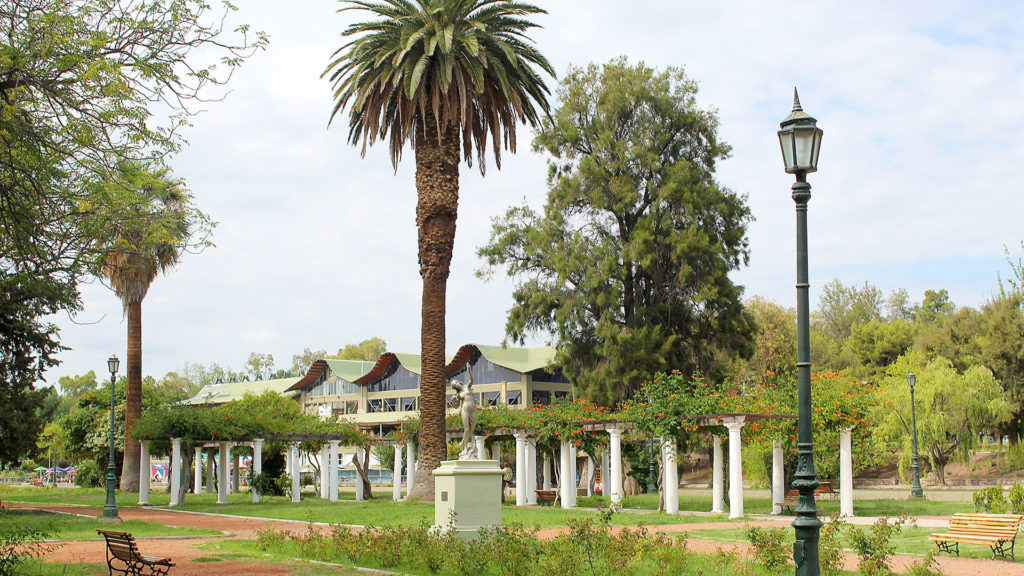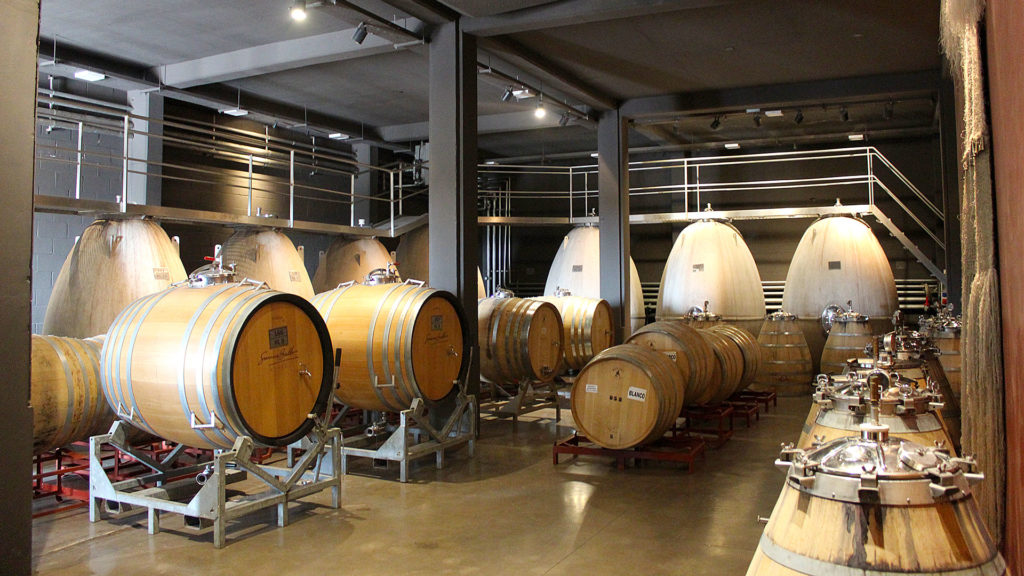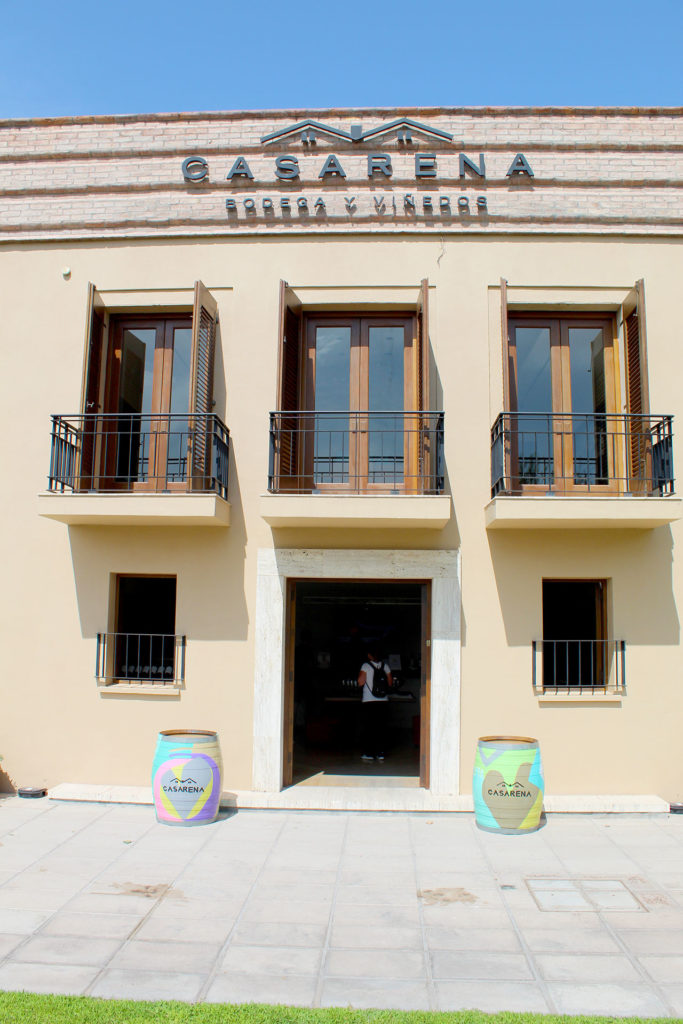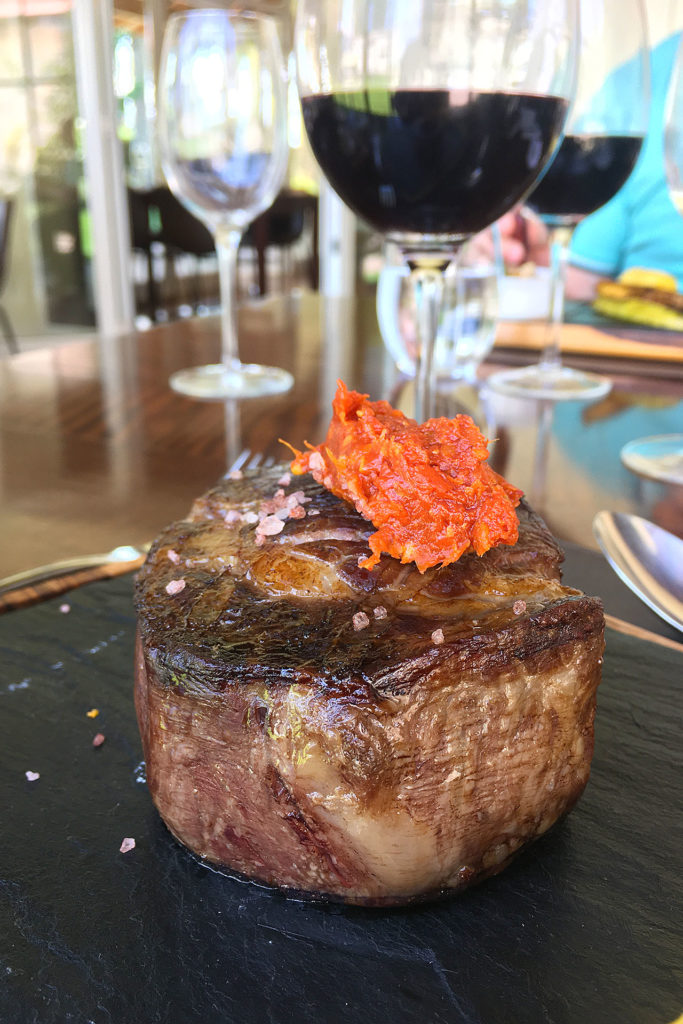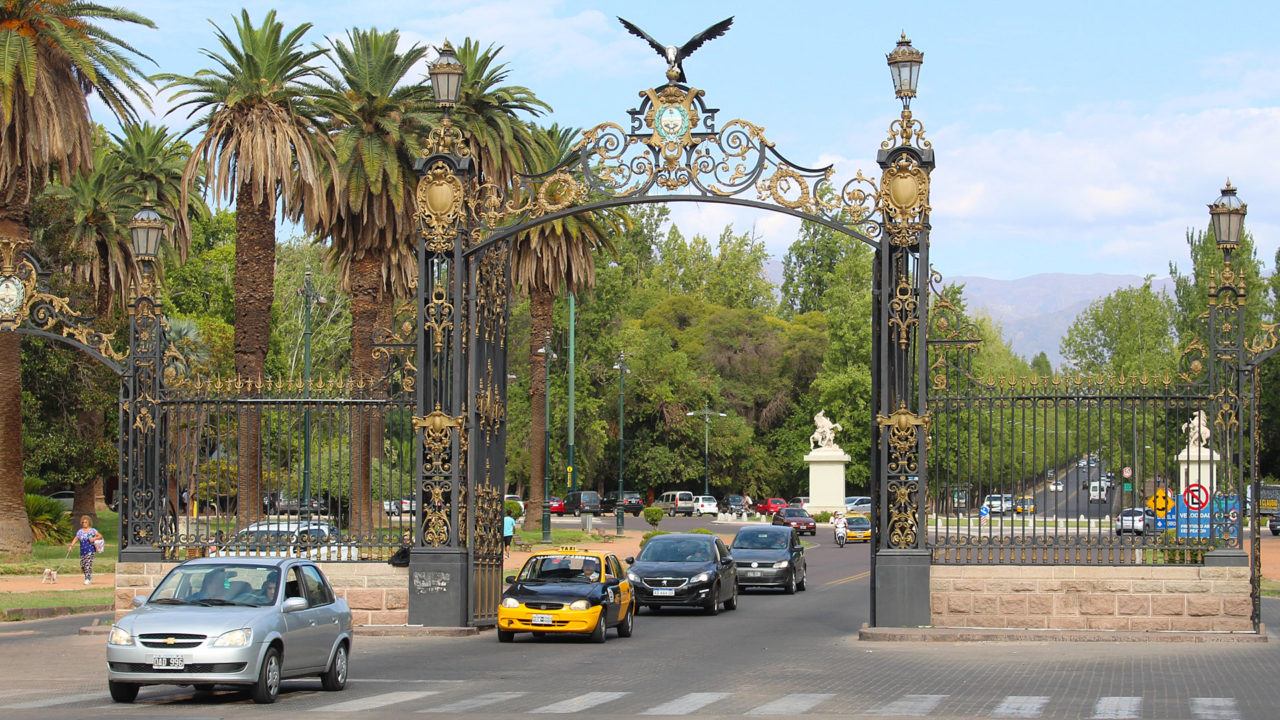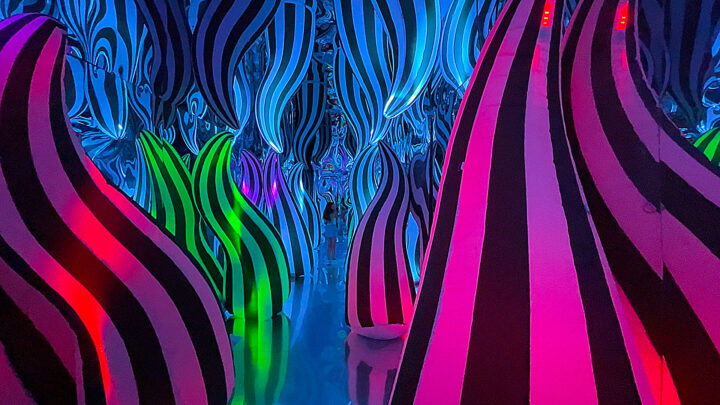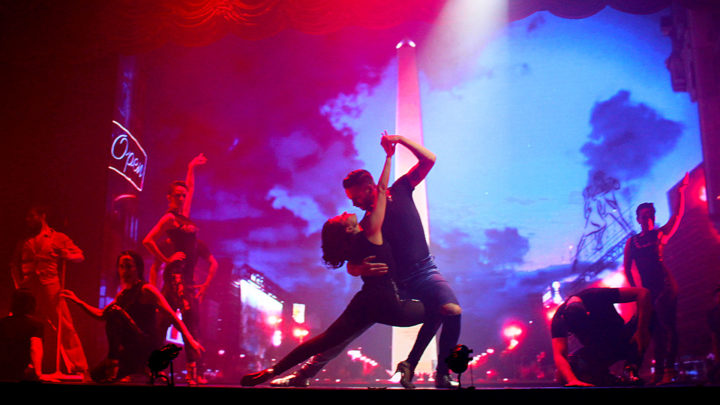When you mention Mendoza, the first thing that comes to mind is the wines. If wine is Argentina’s national drink, then Mendoza is its spiritual capital. The City of Mendoza and its surrounding areas constitute the most important wine production region in the country, as well as one of the Great Wine Capitals in the world. However, Mendoza is much more than vineyards. Both the city and its counterpart province are full of history, culture and beauty.
We decided to visit Mendoza without knowing details about the city, its history, or the number of vacation options it offers. There was genuine surprise in our part about how much we discovered. Let’s share a little of the magic of Mendoza, to see if you fall in love with the place just as we did.

City of Mendoza, an Urban “Phoenix”
Located on the plain of the Andes mountain range, the capital of Mendoza province harnesses a history of renaissance and impressive development. For example, it was the capital of Argentina before the nation as we know it today existed. From there, General José de San Martín, then governor, set out with his army to cross the Andes Mountains, an act whose eventual result was the liberation of Argentina, Chile and Peru.

The city suffered a terrible earthquake on March 20, 1861, possibly the most shocking event in its history. Countless Mendoza residents perished during the incident, along with a large part of the colonial buildings. After this tragedy, the city was rebuilt on top of itself and its building codes were modified. Height limits were imposed on the architecture and two trees were planted for each inhabitant, as measures to mitigate seismic effects. Mendoza became a green, sustainable city, a true oasis in the desert.
This organized reforestation included the construction of ditches in all streets. A system of canals that allows Mendoza, an arid territory, to keep all its green areas irrigated. When wandering across Mendoza you are amazed by the number of parks it has, among which the General San Martín Park stands out. With 10.5 miles (17 kilometers) of vegetation, this park represents the great lung of the area.
In addition to its abundant green areas, Mendoza stands out for its cleanliness. Argentines for generations have recognized it as the cleanest city in their country. This achievement is due to the efforts of its residents, very kind and dedicated people, as a result of the province’s tourist culture.

Personalized wine route
Due to its geographical location, Mendoza province has good conditions for wine production. More than 65 percent of national wine production stems from this region.
The most important wine production areas in Mendoza are San Rafael, the Uco Valley, Agrelo and Luján de Cuyo. The strain that stands out the most in this area is Malbec, a grape that represents Argentine wine worldwide.
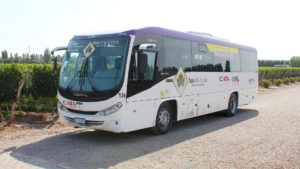
In Mendoza, wine tourism is the area’s main income. There are several options for visitors to see the production areas, explore the vineyards and enjoy the final product accompanied by exquisite food.
We went for the Bus Vitivinícola alternative. This transportation service takes you to various wineries, which differ depending on the day of the week. You get picked up and taken to vineyards in the areas of Luján de Cuyo, Maipú and Valle de Uco, in mid-morning, mid-afternoon or full-day modalities. The service only includes transportation and guides. You must pay an entrance fee at each winery, as well as meals if you choose to have lunch or dinner within one.
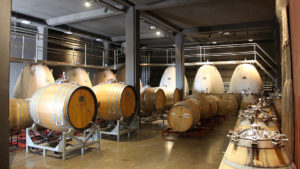
If you have your own vehicle and want to visit specific vineyaards, you can embark on your own wine route, arrange a visit to their facilities and order lunch directly with the winery. Some even include transportation to and from your hotel.
You can also get to the wineries with private transportation or taxis, even hire a van or mini bus if you are traveling in a group. Make sure to confirm beforehand their opening hours, visitation rates, whether the winery offers a guide and all other details.

Vendimia Festival
Additionally, you can research which wine-related activities will be held during your visit to Mendoza. Special celebrations, historic vineyard tours, tastings and many other events take place in the region throughout the year. The most notable of all is the “Vendimia” or wine harvest festival, held the first weekend of March each year at the Frank Romero Day Amphitheater in Campo de la Gloria.
This traditional event commemorates the grape harvest with religious ceremonies, concerts, dance shows, tastings and a pageant to choose the Queen of the Harvest, the Argentine wine ambassador for the year.
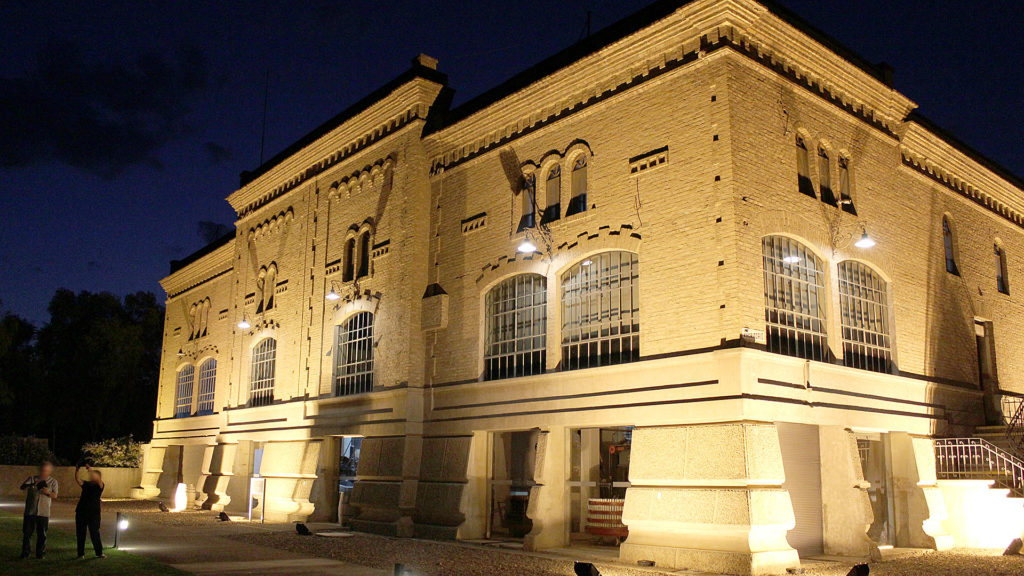
Land of Vineyards and Wineries
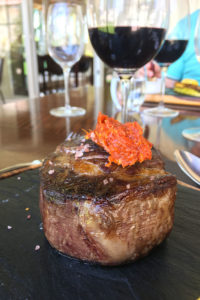
The province of Mendoza has thousands of wineries of all sizes. Around 130 of those are open to tourism. Some standouts include Bodega Séptima, Catena Zapata, Trapiche, Trivento, Familia Zuccardi, Luigi Bosca, Salentein, La Rural, Andeluna, Terraza de los Andes and Susana Balbo.
One of the visits that we enjoyed most was to the Chandon winery. We were captivated by the decoration of its facilities, the impressive tale of how sparkling wine was created, and how the Chandon founding families arrived in Argentina. Unsurprisingly, the best part was the tasting that takes place on the vineyard’s beautiful patio. We found the whole experience fun and unforgettable.
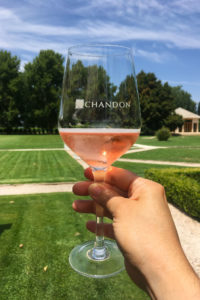
Some of the wineries in Mendoza let you pair their delicious wines with exquisite gourmet dishes. On our trip we savored the cuisine at Terrazas de los Andes and Bodegas Trapiche. The Terrazas menu was designed by chef Noelia Squizziatto, while Espacio Trapiche’s dishes came from the hand of Josué Funes. Both restaurants amazed us with the original flavors and first-class presentations of their dishes.
Each of the stages in the Espacio Trapiche dinner was accompanied by a wine from the Trapiche house. The sommelier explained how each selection complemented the delicacy it accompanied. Likewise, he detailed the proper way to decant the wines. Details like these make the difference in your wine tour experience.
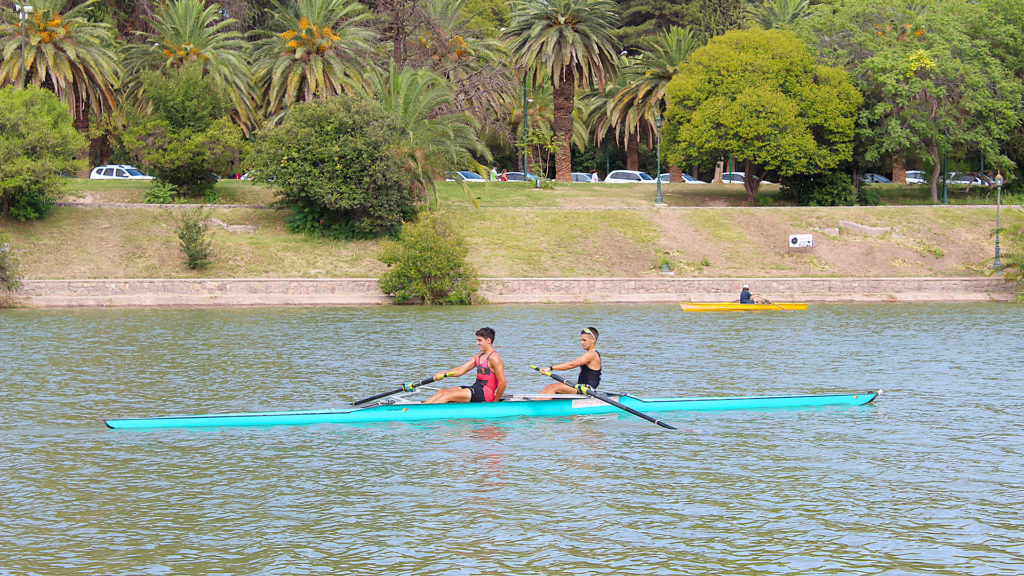
Adventure Opportunities
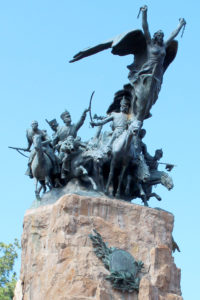
Come to Mendoza for the wine and stay for the thrills. If you visit the region, you can also practice sports and adventure activities. Book a mountain trek and take in the view from the top of Aconcagua, the highest peak in the Americas. If you prefer something at a lower altitude and with greater artistic detail, we recommend visiting Cerro de la Gloria and its impressive monument. A mandatory stop on all city tours.
Other great options during your visit include spending a day at the Termas Cacheuta hot springs, as well as enjoying horseback riding and barbecues at nearby ranches. The most adventurous can choose between zip lining, trekking, rappelling, rafting or all-terrain bike rides.
In short, the Mendoza region offers activities for all tastes. Obviously, wine and olive related options rank on top here, given the organized tourist structure established in these areas. So savor Mendoza to the fullest, take our picks into account and immerse yourself in this Argentine wine paradise.
Gallery



